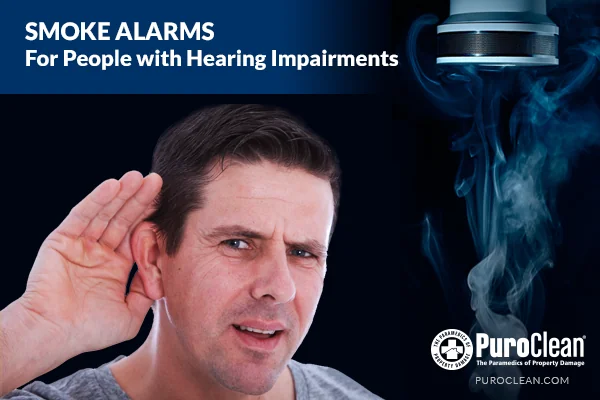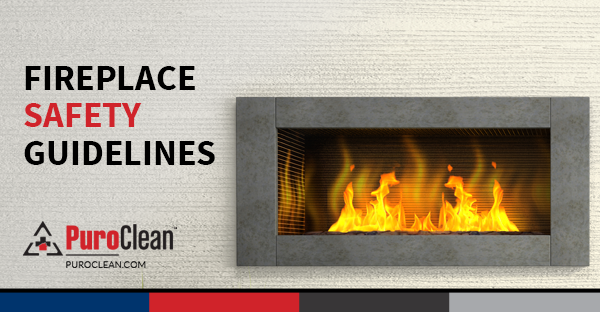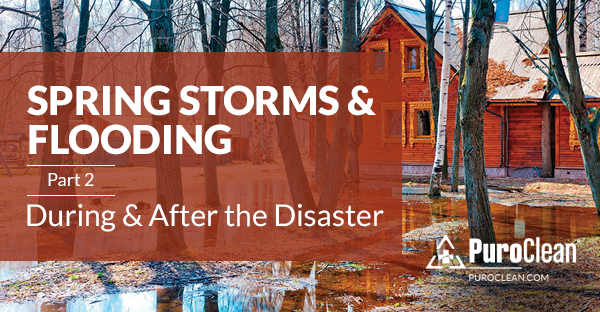
Smoke alarms save lives. However, people who suffer from hearing impairment may not be able to depend on the traditional smoke alarm to alert them to a fire.
The standard high frequency smoke alarm (3 100 Hz, 85 dB at a distance of three meters) is suitable to wake most mild to moderately hard of hearing people. People who are deaf or have a severe hearing loss (cannot hear less than 85 dB) may have difficulty in hearing conventional smoke alarms and evacuation systems. It may be necessary to ensure someone is assigned to help them escape. (Journal of SHHH Australia Inc.).
There are specialized smoke alarms available for people who are deaf or hard of hearing. These have a strobe light and/or a vibrating pad that can be placed under the pillow which activates when the smoke alarm sounds and can be interconnected with conventional audible alarms in different locations within the home. If one of the alarms senses smoke, all alarms will sound, the strobe will flash and the vibrating pad will vibrate. Bed shakers are also helpful to wake up people who are deaf or hard of hearing.
The ability to hear high-pitched sounds decreases as people age. Recent research has shown that a loud, mixed low-pitched sound is more effective for waking people of all ages than the loud high-pitched sound of a traditional smoke alarm. People who are hard of hearing may find helpful smoke alarm alert devices (called accessories) that produce a loud, mixed low-pitched sound. This equipment is activated by the sound of the smoke alarm and is usually installed next to the bed.



 PuroClean of Alexandria
PuroClean of Alexandria